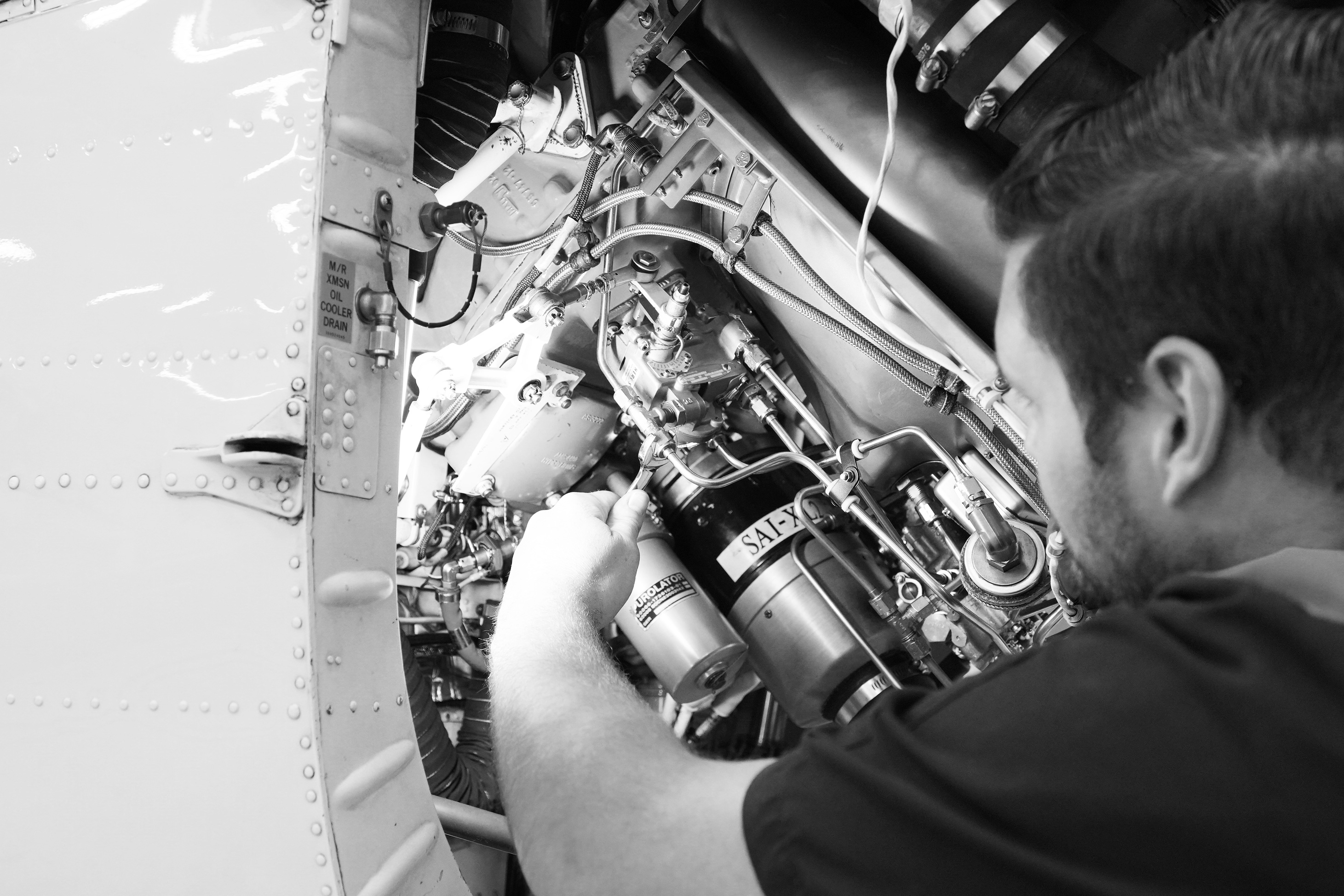|
Jun
26
2022
|
|
Posted 3 years 159 days ago ago by Admin
|
|

As helicopter owners, pilots, and mechanics we must consistently be advocates for safety and always meet or exceed the standards. Personal safety and prevention of equipment damage are of utmost importance. The number one concern in the aviation business today is the rising cost of insurance. The rapid rise in insurance is directly due to injuries and equipment damaged. So, how do we mitigate the risk thereby decreasing premiums? Here are some simple and basic measures that will aid your flight and maintenance operations in keeping safety as the top priority.
As owners and operators, it is critical that we track aircraft total time and cycles to ensure that we do not overfly inspections, ADs, ASBs or time-life components. An up-to-date status sheet will also prove airworthiness if ramp checked. I understand tacking software programs can be expensive, but tracking is necessary, even if it’s just a spreadsheet. When it comes to time and cycle maintenance on helicopters, it’s “pay me now or pay me later”—and later will always cost more.
As pilots, it is critical to always perform a preflight inspection. The preflight is the time to satisfy our own standards and have confidence as we take to the air that all is well. I have heard some say, “It’s right out of maintenance. Why should I look at it?” But believe me, the most critical time to examine a machine is before it comes to life and departs the ground…even if it just left maintenance. Another set of eyes is a great safety precaution.
As mechanics, it is imperative that we do our job correctly. Focus, initiate, review—and then do it again. Apply the secondary maintenance check. No matter how much experience you have, always have someone review your work. Even if that person is not a mechanic they might see tools, rags, loose connections or something obviously out of place. Have the mindset that a mistake is a luxury that you cannot afford.
No owner, pilot or mechanic starts the day thinking they will make mistakes and usually it’s not big mistakes but the small things that cost us. Checking fluid levels and tightening panel screws or reverse installs of safety wire seem like little things but are certainly not unimportant. These and other little things will lead to much bigger things if not caught and corrected.
Staying safe is an intentional act. Yes, accidents happen, but we can reduce risk by being intentional. There are hundreds of things that try to rob our attention and distract us throughout the day. Intentional thought will lead to intentional focus. By adding secondary maintenance checks, pre- and post-flight inspections, and an up-to-date status sheet, we will increase the odds in our favor to fly another day.
About the author: Mark dedicated the majority of his career serving the helicopter EMS community from Base Mechanic to Director of Maintenance. As Vice President & General Manager of Precision Aircraft Services, Mark now serves helicopter operators from many sectors to include Air Ambulance, Law Enforcement, Private Owners, etc. When not at work, Mark can be found spending time with his family or sitting in a tree stand.
READ MORE ROTORCRAFT PRO: https://justhelicopters.com/Magazine
WATCH ROTORCRAFT PRO YOUTUBE CHANNEL: https://buff.ly/3Md0T3y
You can also find us on
Instagram - https://www.instagram.com/rotorcraftpro/
Facebook - https://www.facebook.com/rotorcraftopro/
Twitter - https://twitter.com/justhelicopters